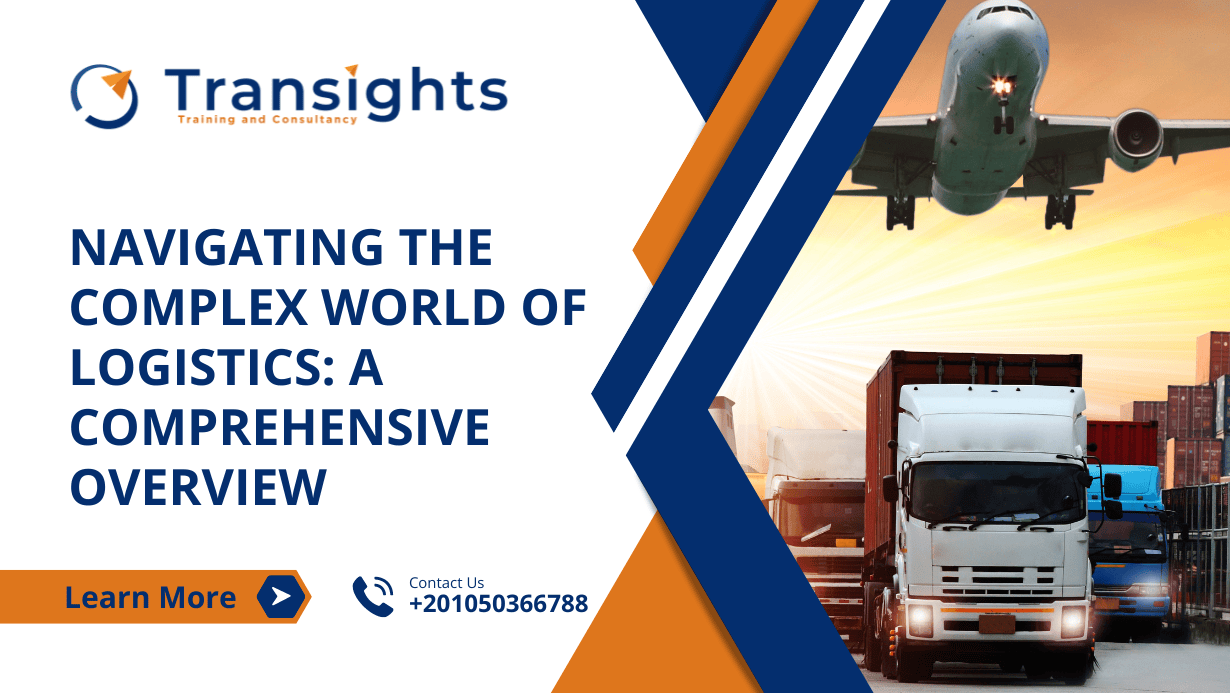
In today's globalized marketplace, logistics stands as the backbone of modern commerce, ensuring goods move efficiently from point of origin to their final destination. From the manufacturing floor to the consumer's doorstep, logistics encompasses a myriad of processes and systems that orchestrate the flow of products and information across vast supply chains. Let's delve into the intricate world of logistics, exploring its key components, challenges, and future trends.
The Essence of Logistics:
The Essence of Logistics:
At its core, logistics revolves around the coordination and management of resources to ensure the timely and cost-effective movement of goods. This includes:
- Transportation: The physical movement of products via various modes such as road, rail, air, and sea.
- Warehousing: Storage facilities strategically located to optimize inventory management and distribution.
- Inventory Management: Balancing supply and demand, minimizing stockouts while avoiding overstock situations.
- Information Flow: Utilizing technology and communication networks to track shipments, manage inventory, and coordinate activities across the supply chain.
Key Challenges in Logistics:
Despite advancements in technology and methodologies, the logistics industry faces several challenges:
- Transportation: The physical movement of products via various modes such as road, rail, air, and sea.
- Warehousing: Storage facilities strategically located to optimize inventory management and distribution.
- Inventory Management: Balancing supply and demand, minimizing stock-outs while avoiding overstock situations.
- Information Flow: Utilizing technology and communication networks to track shipments, manage inventory, and coordinate activities across the supply chain.
Technological Innovations Reshaping Logistics:
In recent years, technology has revolutionized the logistics landscape, introducing new opportunities for efficiency and optimization:
- Internet of Things (IoT): Sensors and connected devices enable real-time tracking of shipments, temperature monitoring of perishable goods, and predictive maintenance of vehicles and equipment.
- Blockchain: Distributed ledger technology enhances transparency and security across the supply chain, reducing the risk of fraud and improving traceability.
- Artificial Intelligence (AI) and Machine Learning: These technologies power demand forecasting, route optimization, and predictive analytics, enabling better decision-making and resource allocation.
- Autonomous Vehicles: From self-driving trucks to drones, autonomous vehicles promise to revolutionize transportation, reducing costs and increasing efficiency.
The Future of Logistics:
Looking ahead, the logistics industry is poised for further evolution and transformation:
- E-commerce Boom: The continued growth of online retail will drive demand for faster, more flexible logistics solutions tailored to the needs of e-commerce businesses.
- Robotic Automation: Warehouse robotics and automated material handling systems will become more prevalent, streamlining operations and increasing productivity.
- Green Logistics: Sustainability will remain a key focus, with companies investing in renewable energy, electric vehicles, and eco-friendly packaging.
- Supply Chain Digitization: The digitalization of supply chain processes, from procurement to delivery, will unlock new opportunities for efficiency and collaboration.

